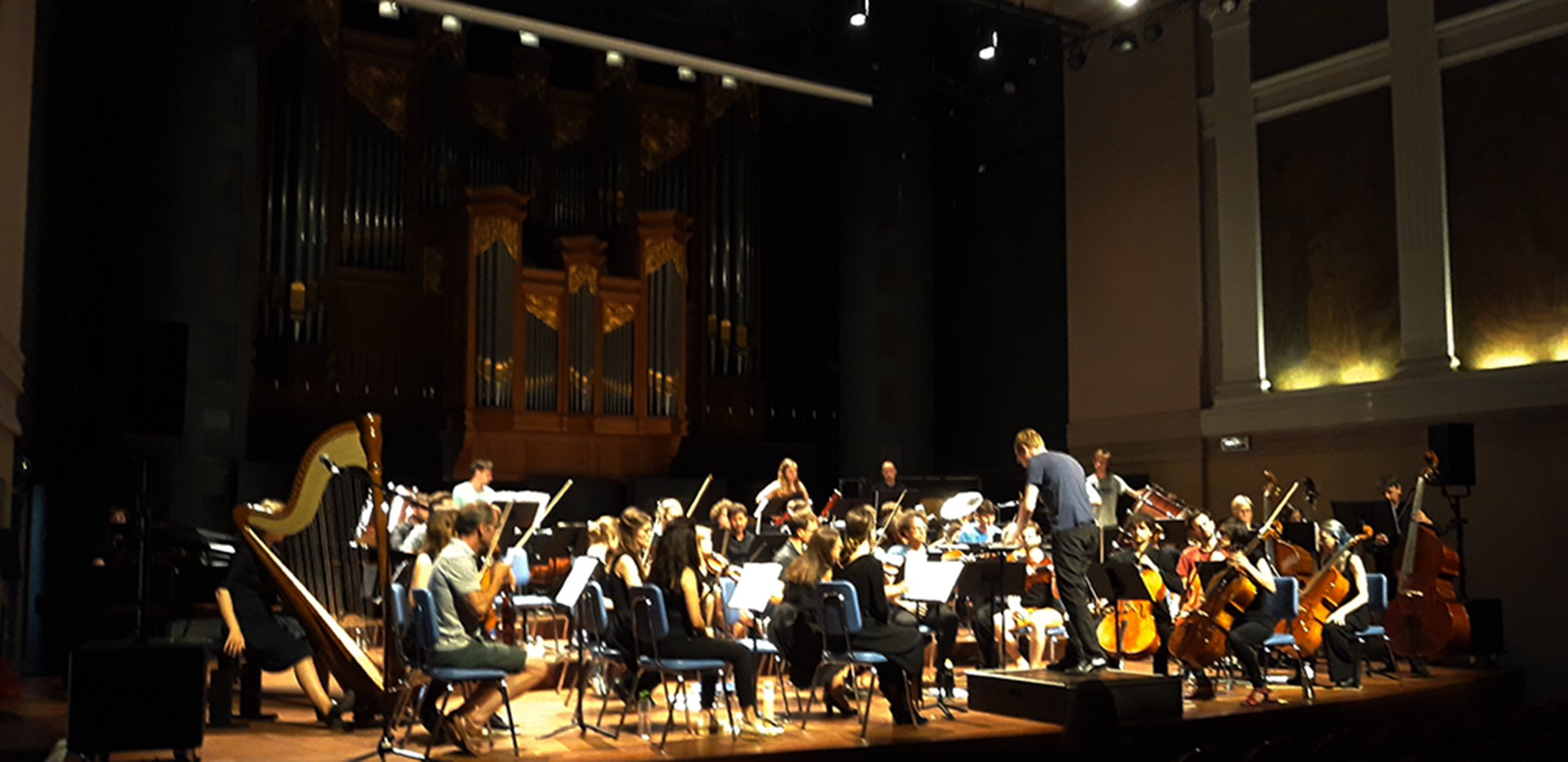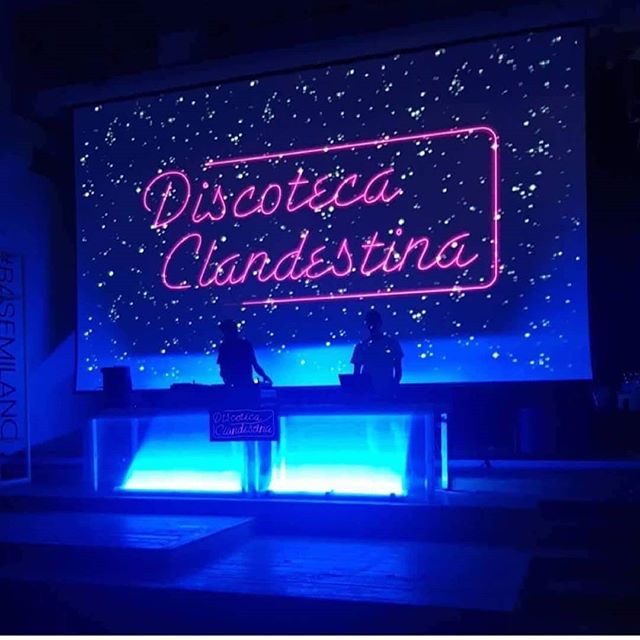The Royal Flemish Academy of Belgium and the Young Academy annually award the “Science Communication Awards” to those scientists who have had exceptional merit in science communication. The CMS member Michael Tytgat was among these awardees for his approach on bringing particle physics to the general public. On the 16th of November 2020 scientists who were very successful in bringing their research to the wider public will be honored with an award at an online event at Scivil.
In addition, each awardee also has a chance to receive the Belgian EOS science magazine public award; for that, your vote matters, i.e. the more the better!
Michael Tytgat
Ghent University, Belgium.
Project: Cool Physics Days
For devising and leading the Cool Physics Days project. The jury praises the transdisciplinary and interdisciplinary approach to bring a less obvious branch of science (particle physics) to the general public. In all areas, thought was given to reducing barriers and providing insight into the scientific process.

Meet Michael Tytgat!
I am a staff member of the Experimental Particle Physics group at Ghent University in Belgium. My work within CMS began in 2006 with physics analysis related to Supersymmetry searches. Soon after I got involved in the Muon Resistive Plate Chambers (RPC) group, with the RE4 upgrade being the first large Ghent contribution to the CMS detector. In 2009, I also began working on the R&D for the Muon Gas Electron Multiplier (GEM) upgrade. The past years, my main focus continued to be on the Muon RPC & GEM systems, preparing the Phase-2 upgrades.
On the occasion of the European Physical Society Conference on High Energy Physics in 2019 (EPS-HEP2019) that was organized in Ghent last year, we thought about different, original ways of reaching out to the public. How to draw people’s attention to science, physics and particle physics in particular without offering yet another set of traditional classroom seminars? How to engage the public in physics via everyday activities that people like doing anyway?

The most intense part of Cool Physics Days was our 2-year long science-and-art project in collaboration with art@CMS, KASK School of Arts in Belgium. There were several international artists working with Michael Hoch, which resulted in two large art exhibitions (Harbinger & Origin Poetics), that were preceded by several smaller international art events and workshops. In the week of EPS-HEP2019 itself, several separate public events were scheduled. The largest event was organized partially in collaboration with ORIGIN which featured an interactive physics exhibition where people could touch, try, play and experience things, a cool and spectacular and, sometimes literally exploding, physics-on-stage show. There were virtual visits to our own CMS experiment and for the first time ever a visit to the famous VIRGO gravitational waves observatory.

(Bottom Right) Projecting live soundscapes of scientists at EPSHEP2019 to listeners at the Harbinger art-and-science exhibition.
(Left) Physics on Stage show during the Cool Physics Day on July 13, 2019.

(Top Right) Outdoor introductory seminar on color in (particle)physics during the Harbinger Color workshop, July 6, 2019.

Movie buffs could enjoy our “The Most Unknown” documentary film evening, where two of the scientists featured in the movie were actually present in the cinema theatre, introducing the movie and afterwards answering questions from the audience.
Finally, our Ghent University symphonic orchestra agreed to play a special music-and-science concert for us, bringing only works of composers that were part time scientists or the other way round, scientists that were part time composers. The special highlight of that evening was the premiere of “Supersymmetry”, a new piece composed especially for the occasion by a Belgian engineer/artist that got inspired by his visits to CERN and CMS.

Organizing Cool Physics Days was really a heck of a project, with so many activities happening across several weeks, each requiring its own set of ideas, brainstorming, organization and dedicated team of people to make things happen. Quite often I felt more stressed for this project than for the main organization of EPS-HEP2019 itself, which actually is already a monster event on its own. But it was truly a great experience, meeting and working with so many new people, not only colleagues from CERN and elsewhere, but also many people from outside of physics. Doing projects with artists, musicians and film makers literally opened up a new world to me. Creative and quirky as they can be, just like us physicists, it is not always easy to collaborate with them, but experiencing from close by their particular, different way of thinking and doing things was really very refreshing and inspiring. In the end, Cool Physics Days attracted many people and judging from the positive reactions we received turned out to be a success, with people learning new things about science and peeking into our world in a fun way.

The views expressed in CMS blogs are personal views of the author and do not necessarily represent official views of the CMS collaboration.
